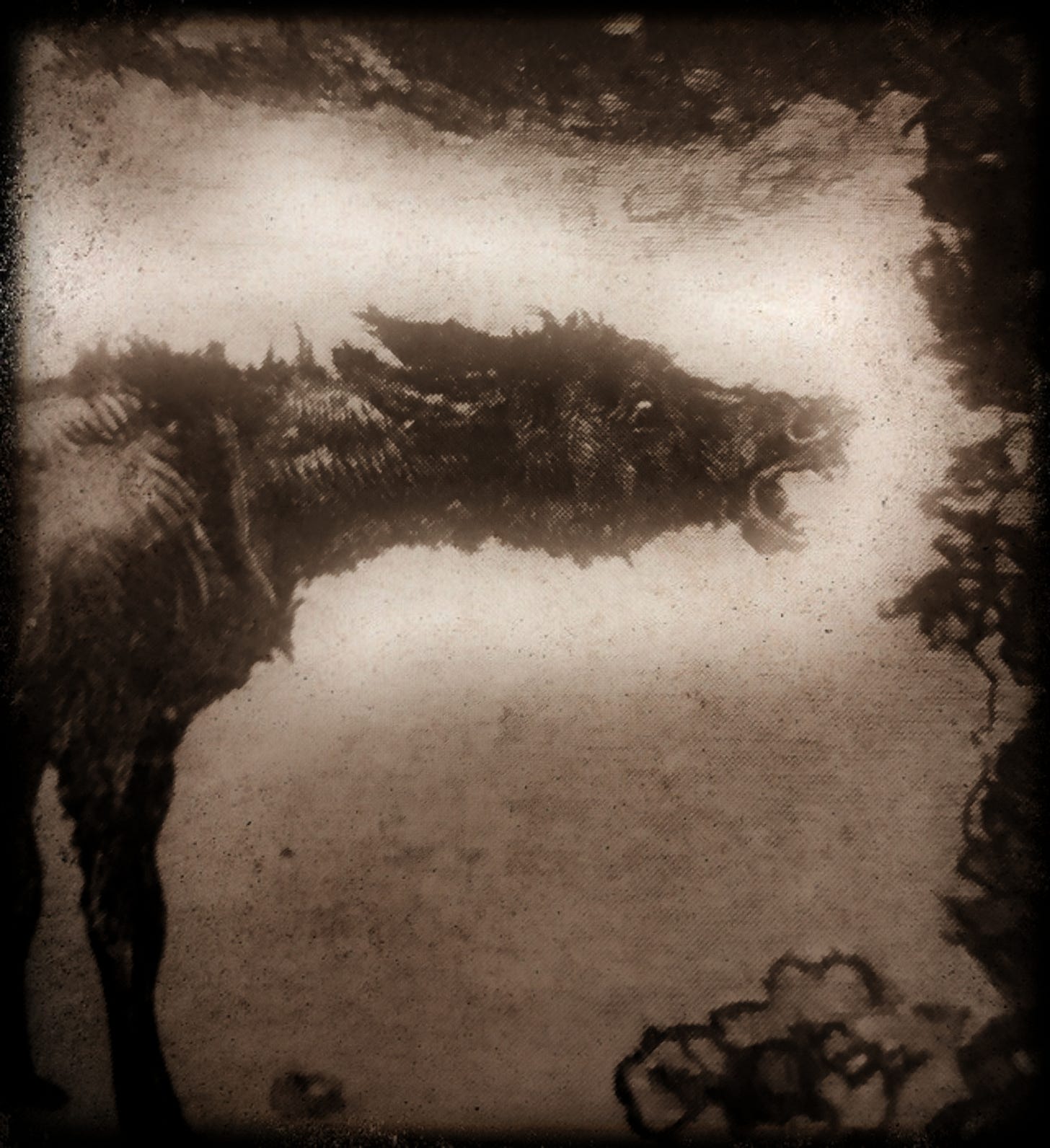“The paraphernalia of ghosts has become somehow rather hackneyed, and when I hear of screams and skeletons I feel I am on familiar ground...No, the nightmares of one’s childhood were the really frightening things, because they were vague. There was the true atmosphere of horror about them because one didn’t know what one feared. Now if one could recapture that –“ from Between the Lights, by E.F Benson
“Between the Lights” is a masterful ‘ghost’ story by a master of the craft, E.F. Benson. The frame story is familiar; a group of adults celebrate Christmas together with a round of ghost storytelling in the evening, as darkness, chill wind and snow hold sway outside,and the fire bathes the room in suitable shadow. After several guests have told their stories – all very garish and ostentatiously formulaic parlour pieces – the host, unimpressed, is persuaded to relate something from his own experience. This ‘something’ (which constitutes the real heart of the entire story) is as vague, ambiguous and bizarre an account as to banish the atmosphere generated by the pretentiousness and playfulness of the previous stories and let in authentic dread.
The account he gives is of a frightening premonition, and it’s fulfilment a year later. It begins with him seated in the garden one unseasonably warm day in winter, the sun shining and friends croquet-playing on the lawn. Suddenly, his vision and its vista shifts. In place of the bright garden, he finds himself in a gloomy hovel of ancient or prehistoric design, a low fire at the centre, pervaded by an atmosphere of smoke and oppressive menace. There are little, humanoid beings in the dimly lit room. They are surrounded with such an aura of malice as to make them objects of utter terror. They have noticed his appearance among them. One seems to approach him...
Then, his vision switches back to the garden. He has been so stricken with fear as to plunge him into a year long illness. The next part of his story is set a year later. He is up in the wilds of the far north of Scotland, hunting. His local guide pleads with him not to take a certain path down from the hills which passes an ancient Pictish ruin. He ignores the advice and they both take the path- his guide terrified, vanishing off into the mist. This leaves him stranded and he takes shelter in the grim ruin where he believes he is approached by something in the fog. Something horrifying, though it may be nothing but a shadow or a lost goat. What he thinks he sees is a little man, like the ones of his vision the year before. In terror he flees the place.
What Benson may have had in mind with this story is the gulf between the romantic or high-mythological depiction of the gods and fairies of Gaelic tradition, and the surviving folkloric beliefs and fears, where the fairies were just as likely to be objects of dread as of veneration. However, the distinction in the story between the kind of theatrical, exaggerated fantasies the guests offer and the vague, uncanny account given by the host seems to me to be analogous to the difference between knowing according to the intellect and knowing as receiving the presence that is ‘being’. Not that the difference between is altogether tidy or sharp; after all, being human involves intellectual knowing as it does the other sort.
What Martin Heidegger sought and found in the pre-Socratic philosophers such as Parmenides and Heraclitus is the root where the two had not yet separated so significantly as to generate the scholastic and logocentric exaggerations that bewitched the intelligentsia of the west in the millennia subsequent to Plato. As he reminds us in one of his later seminars “In Greek, knowledge is named noein and idein – as both indicate being open for that which gives itself from itself “1 In other words, knowledge is letting being unconceal itself as the ‘emerging sway” of the world (including ourselves), or ‘phusis’. Whatever the truth of being may be, whatever “all this” (the world, the self, all things) is, knowledge of it is more likely to be banished by the sophistry of recited philosophical formulae and or bombastic rhetoric and performative intelligence than ever to be revealed by it.
What Parmenides, Anaximander, Heraclitus (according to Heidegger’s interpretation, which I think persuasive) as well as Zen teachings ancient and modern suggest is that Being discloses itself. To receive it’s disclosing, needs for us to jettison the part of our thinking that seeks to impose and fix positions on it or about it, and instead to let it ‘presence’ itself. It does so not only as the world which appears to us, but as us, in us as part of it’s unfolding as the world. I think of a quote from Eihei Dogen, that “the entire universe is the self whether one recognises it or not “.
All the costumes, and gadgets, and mummery of posers, charlatans and sophists, ancient and modern, are as the hackneyed trope-laden tales of the guests in Benson’s great story. What they produce is obscuring the mystery, the truly uncanny and obscure ‘presence’. What they deny us (if we give them our undue attention) is our own access to the great mystery of Being of which we are, at the very least, an intimate part.
“Four Seminars”, Martin Heidegger





I have some experience with this sense of dread. It always involves an undefined element which takes on a kind of presence, and yes, just like in the story it leads to a kind of resolution in this waking world, with one caveate-it often contrasts to the dread, rather than directly participating in it, and even at times resolves it.
I found this post to be particularly significant.
Thx.
This brings to mind when I practiced astral projection through meditation. Have you ever done this and what did you think?